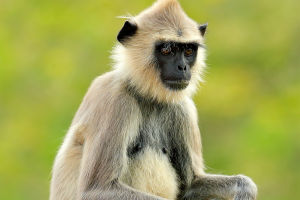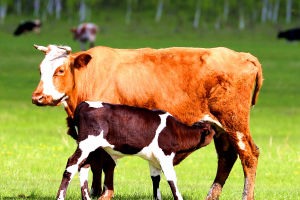Penguins are some of the most interesting and unique birds.Penguins are amazing birds! They are not quite like any bird you have seen before in your backyard or at the park. They have adapted to their cold environment in a way that makes them pretty special.
While other birds have wings for flying, penguins have adapted flippers to help them swim in the water.
A Penguin’s black and white plumage serves as camouflage while swimming. The black plumage on their back is hard to see from above, while the white plumage on their front looks like the sun reflecting off the surface of the water when seen from below.Here are some facts about penguin.
1.Giant Penguins Once Roamed the Earth
The ancestors of modern penguins may have been approximately 2m tall and weighed over 100kg! Fossils found in Antarctica suggest there were once giant penguins roaming the earth around 37 million years ago. Imagine running into one of these guys on an Antarctica cruise.
2.Penguins Have Many Ways to Stay Warm
Penguins are renowned for their ability to endure some of the world’s harshest climates and coldest oceans. Their thick layers of feathers and extra reserves of body fat provide excellent insulation.
Penguins also produce oil via the preen gland, which they carefully spread over their feathers to insulate their bodies and improve their speed through the water.
But the emperor penguin has taken this ability even further. Emperors have two layers of feathers on their bodies and feathers on their legs, plus smaller features such as flippers and beaks to reduce exposure to the cold. They even have special fats in their feet to prevent them from freezing.
The males famously form large, ever-moving huddles during the freezing cold Antarctic winters, working together to ensure they (and their precious eggs) all survive life in one of the most inhospitable places on earth.
3.Penguins show love by exchanging gifts
Penguins, with their black and white tuxedo appearance, always look like they’re ready to impress the ladies. But for penguins, they also need the perfect pebble to seal the deal.
These penguins live on rocky shores and prize these small stones to build their nests during mating season. During courtship, a male penguin will find the smoothest pebble to give to a female as a gift.
If she likes the offering, she’ll place it in the nest and the two will continue building up their little pebble mound in preparation for the eggs.
Of course, “pebble envy” remains a problem for some male penguins who just can’t find the right rock on their own. Instead, they will steal the best-looking pebbles from another penguin and pawn them off as their own.
4.Penguins have only one mate
Most penguins are monogamous. This means that male and female pairs will mate exclusively with each other for the duration of mating season. In many cases, the male and female will continue to mate with each other for most of their lives.
At around three to eight years old, a penguin is mature enough to mate. Most species breed during the spring and summer. The male usually starts the mating ritual and will pick out a nice nesting site before he approaches a female.
After mating, the female emperor or king penguin will lay a single egg. All other species of penguins lay two eggs. The two parents will take turns holding the eggs between their legs for warmth in a nest.
The one exception is the emperor penguin. The female of this species will place the egg on the male's feet to keep warm in his fat folds while she goes out and hunts for several weeks.
When penguin chicks are ready to hatch, they use their beaks to break through the shell of their eggs. This process can take up to three days.
After the chicks emerge, the parents will take turns feeding their offspring with regurgitated food. Penguin parents can identify their offspring by unique calls that the chick will make.


